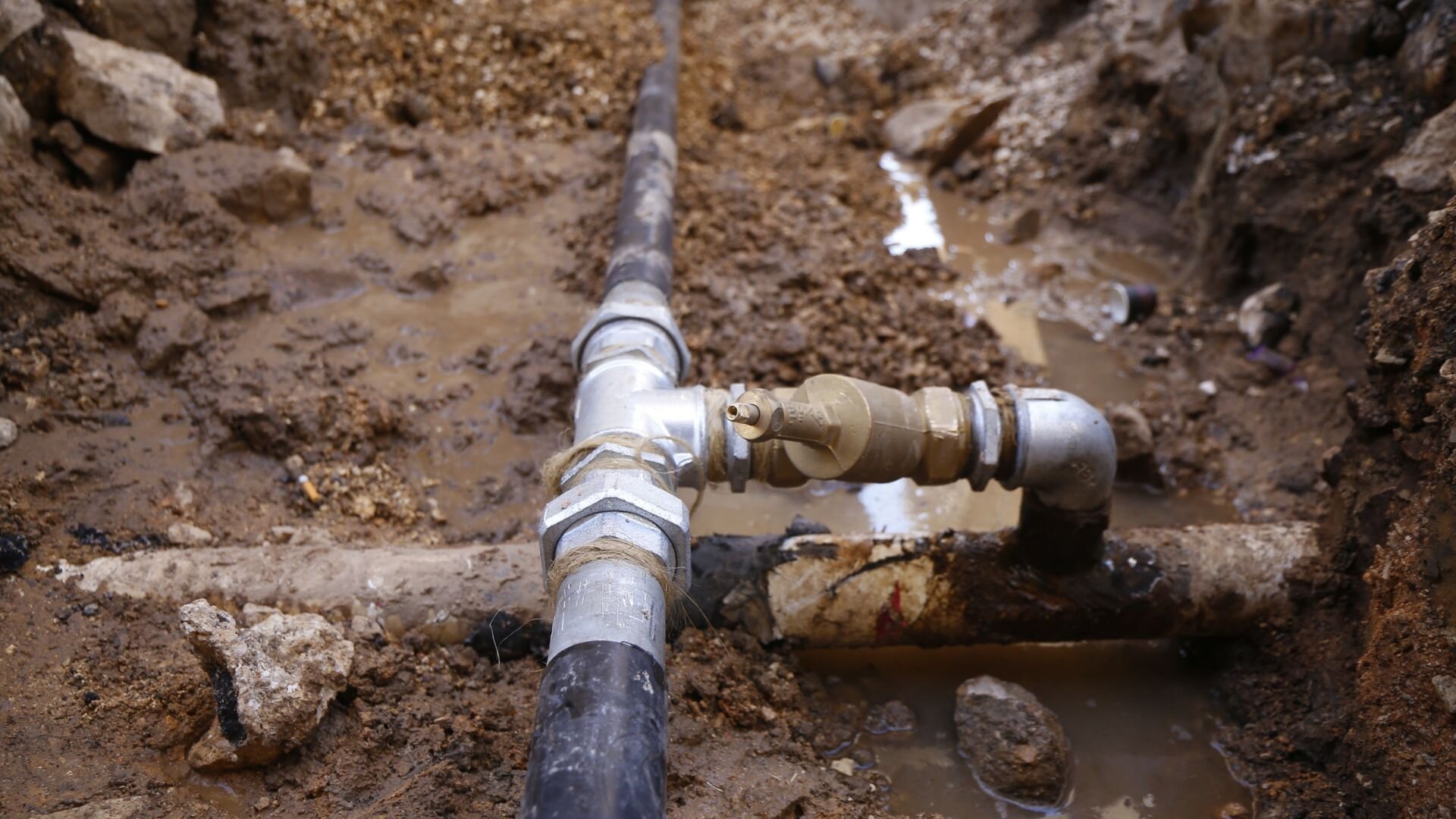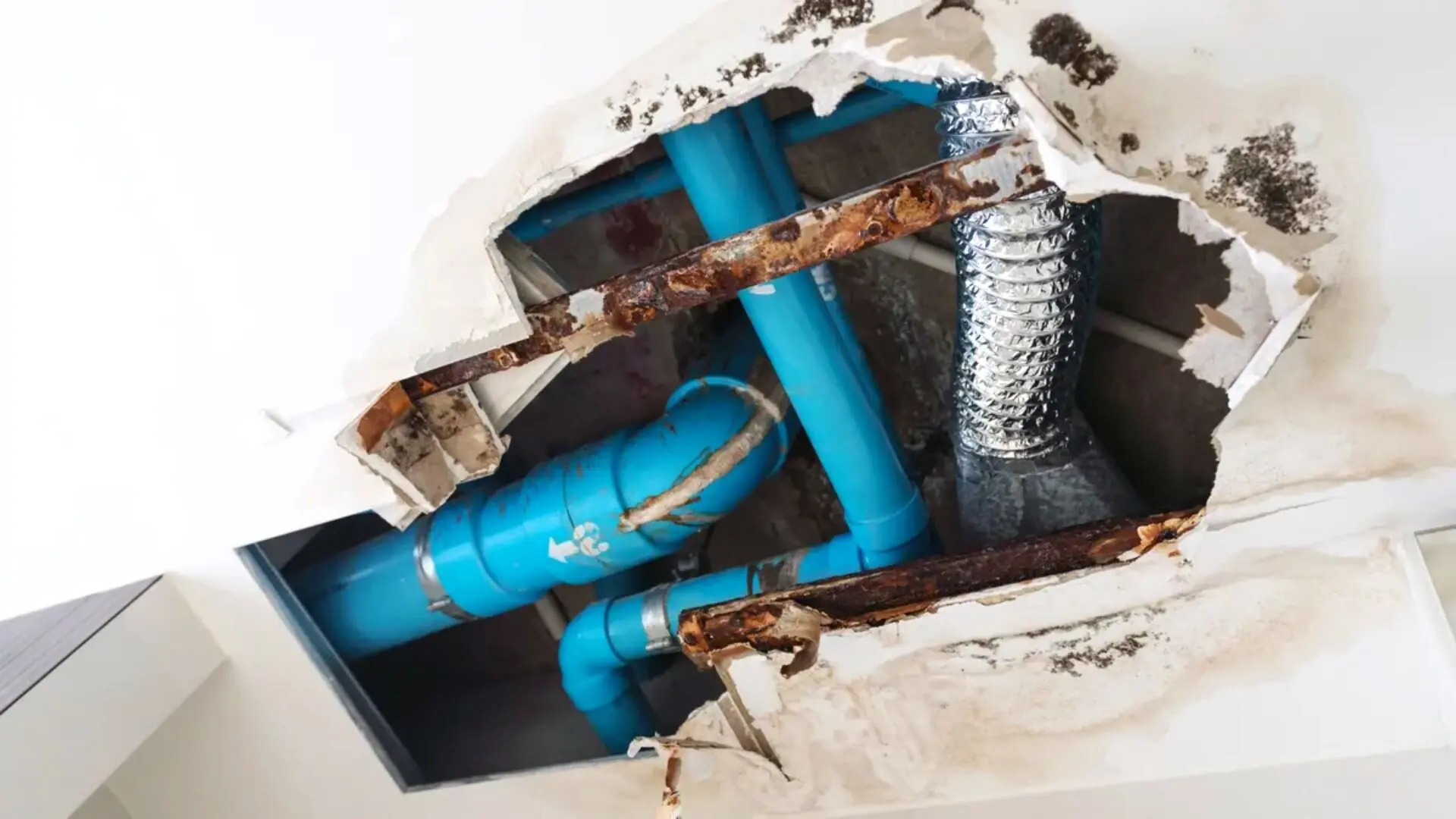Signs of a Burst Pipe: How to Identify and Address the Issue Before It Escalates
Signs of a Burst Pipe: How to Identify and Address the Issue Before It Escalates
Blog Article
Stopping Burst Piping: Necessary Tips to Secure Your Pipes
Stopping burst pipes is a critical worry for homeowners, especially throughout chillier months when the danger of cold is heightened. Implementing tactical steps such as appropriate insulation, routine inspections, and keeping consistent indoor temperatures can considerably minimize the possibility of pipeline failure.
Understand Pipeline Vulnerabilities
Comprehending pipeline vulnerabilities is necessary for effective pipes upkeep and avoiding expensive damages. Several aspects add to the sensitivity of pipelines to bursts, including product composition, age, and ecological conditions. Older pipes, particularly those made from galvanized steel or polybutylene, commonly degrade with time, resulting in enhanced danger of ruptures and leaks.
Temperature fluctuations can additionally dramatically effect pipe stability. In colder climates, water caught in pipelines can ice up, applying and expanding stress on the pipe wall surfaces, which may inevitably lead to a ruptured. In addition, high water stress can stress pipes, specifically at bends and joints, heightening the likelihood of failing.

Insulate Water Lines Effectively
Correct insulation of pipes is essential for avoiding freezing and succeeding bursts during winter (burst pipe). Protecting your pipes system effectively safeguards against temperature level drops that can bring about expensive damages. Begin by recognizing prone locations where pipes are exposed to outside temperature levels, such as cellars, attic rooms, and outside wall surfaces
Usage foam pipeline insulation sleeves or wrap insulation tape around these locations to give a protective barrier. Guarantee that all areas of the pipes, specifically those with limited heat exposure, get adequate insulation. Pay special attention to joints and fittings, as these are extra at risk to freezing.
When insulating, it's necessary to choose materials that fulfill local building ordinance and are suitable for the particular atmosphere. Fiberglass insulation is frequently suggested for its thermal resistance homes. In addition, think about using heat cable televisions or tape in severe conditions, which can be plugged in to offer extra warmth
Consistently evaluate shielded pipes for any indications of wear or damage, as endangered insulation can diminish its efficiency. By taking these aggressive actions, you significantly reduce the threat of pipe ruptureds, making sure a trustworthy pipes system throughout the cold weather.
Maintain Consistent Temperature
A stable interior temperature is essential for protecting against burst pipelines during the freezing months. When temperature levels decline, water within pipes can ice up, expanding and creating stress that might inevitably create the pipelines to burst. To mitigate this danger, property owners must preserve a consistent temperature level throughout their home, ideally no reduced than 55 ° F(13 ° C)Using a programmable thermostat can help handle indoor temperatures effectively, guaranteeing that areas with pipes remain cozy also when your house is unoccupied. Pay special attention to areas that are much more prone to chilly, such as garages, attic rooms, and basements. Keeping cabinet doors open under sinks can likewise permit warmer air from the home to circulate around plumbing.
This minor circulation of water can avoid cold by easing stress within the pipelines. By implementing these methods, property owners can dramatically lower the threat of pipeline ruptureds and safeguard their pipes systems against the rough winter season aspects.
Regularly Examine Plumbing
Normal assessments of plumbing systems are critical for avoiding burst pipelines and preserving total home stability. Throughout these assessments, it is crucial to examine noticeable pipes for indicators of deterioration, leakages, or put on.
In addition, checking joints and links is crucial, as these factors are usually prone to leakages. House owners must additionally assess water stress levels, as excessive stress can stress the plumbing system and enhance the threat of pipeline ruptureds.
Think about organizing professional pipes assessments at moved here the very least when a year, specifically prior to winter months, to guarantee your system is prepared for chillier temperatures. By being positive in your approach, you can guard your home against the pricey and disruptive effects of ruptured pipelines.
Know Emergency Situation Treatments
Recognizing emergency treatments is vital for every single home owner, particularly after performing routine plumbing examinations. Being planned for a plumbing emergency can substantially mitigate damages and save prices. Situate your main water shut-off shutoff; it is usually discovered near the water meter or where the primary line enters your home. Familiarize on your own with its operation, as closing off the water supply rapidly can avoid extensive flooding.
Following, keep important devices helpful. A pipes emergency situation kit ought browse around these guys to consist of a wrench, bettor, and towels, in addition to a flashlight and a bucket for small leakages. Additionally, think about having the contact information for a trusted plumbing conveniently available, must the situation intensify past your control.
If you detect a leak or ruptured pipeline, promptly shut off the water and notify your plumber. Record the damages with pictures for insurance policy objectives. Recognize the indicators of prospective plumbing issues, such as uncommon water stress variations or damp places on wall surfaces
Ultimately, proactive knowledge and speedy action are essential in managing pipes emergency situations, guaranteeing your home continues to be safeguarded and decreasing possible damage.

Verdict
To conclude, stopping burst pipelines requires a multifaceted approach that consists of understanding pipeline vulnerabilities, appropriate insulation, preserving constant interior temperature levels, routine examinations, and understanding of emergency treatments. By executing these necessary techniques, the threat of plumbing failings can be dramatically decreased, consequently making sure the long life and efficiency of the pipes system. Proactive actions not only safeguard against prospective damages yet likewise contribute to general water preservation and the protection of building.
In colder environments, water trapped in pipes can freeze, applying and expanding stress on the pipe additional hints wall surfaces, which might inevitably lead to a burst. When temperature levels drop, water within pipes can freeze, developing and broadening pressure that might inevitably create the pipes to burst. By carrying out these strategies, house owners can significantly lower the risk of pipe ruptureds and safeguard their plumbing systems versus the rough wintertime components.

Report this page